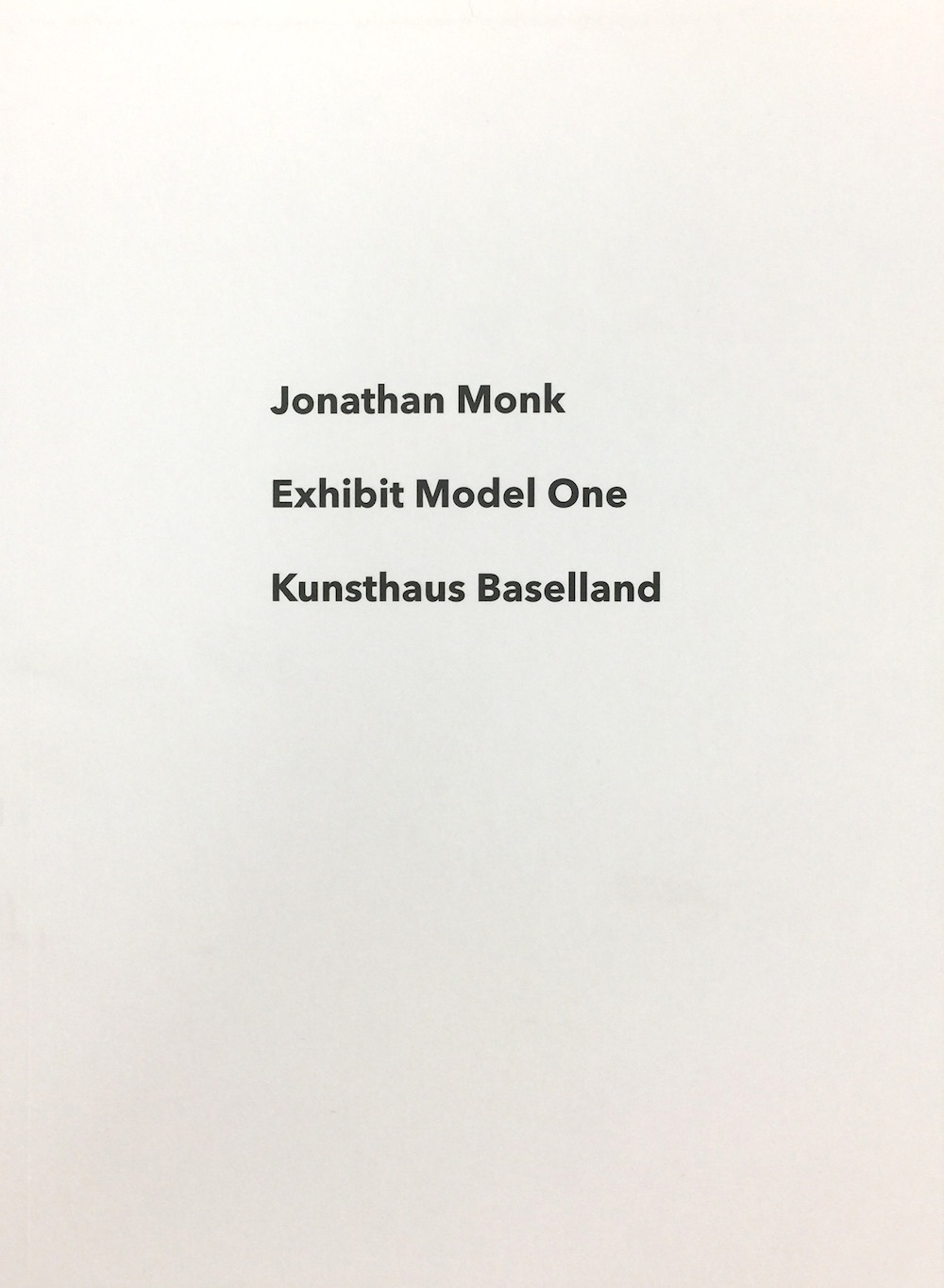Jonathan Monk
Exhibit Model One
27.5. —
17.7.2016
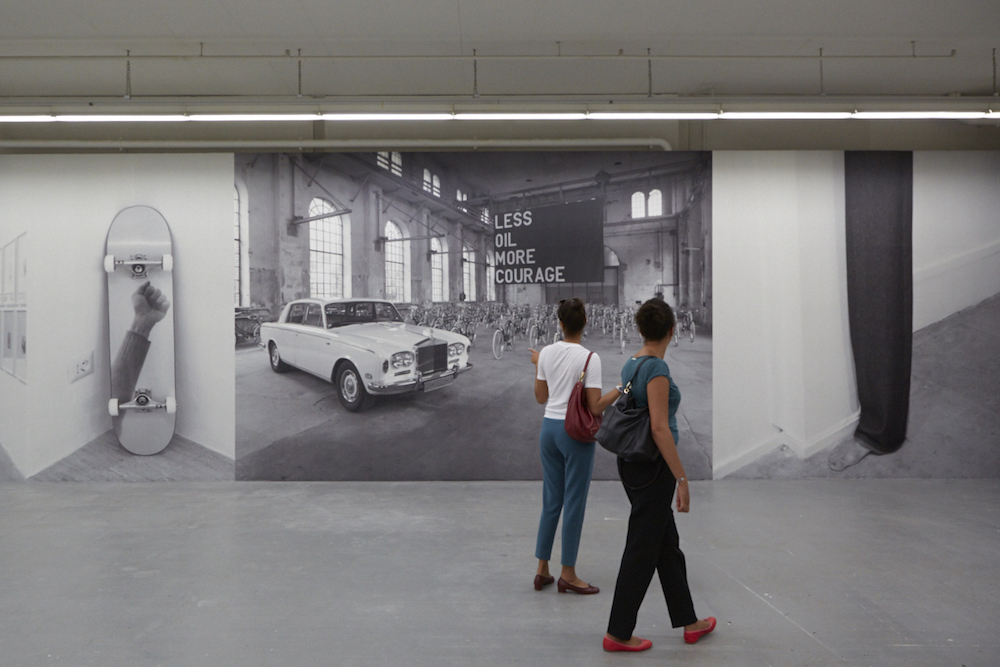
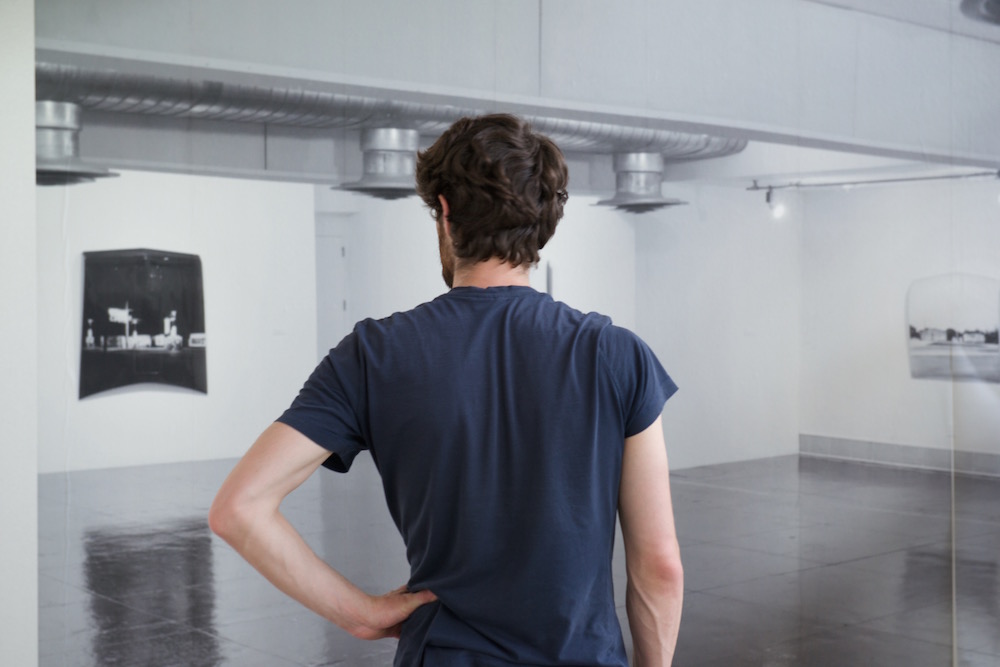

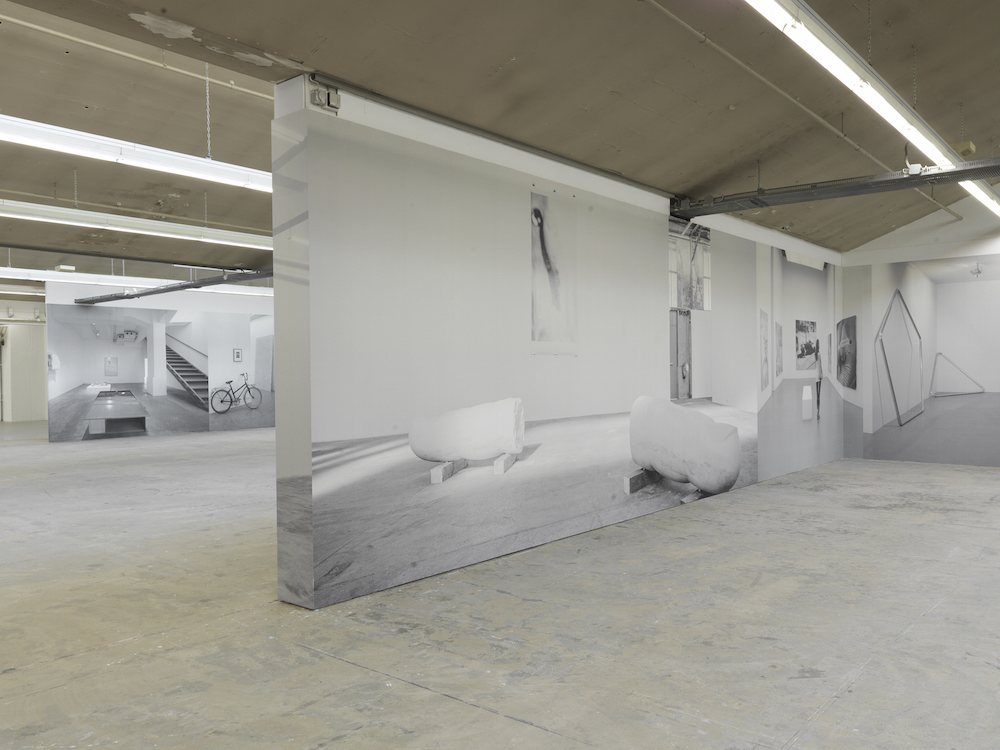
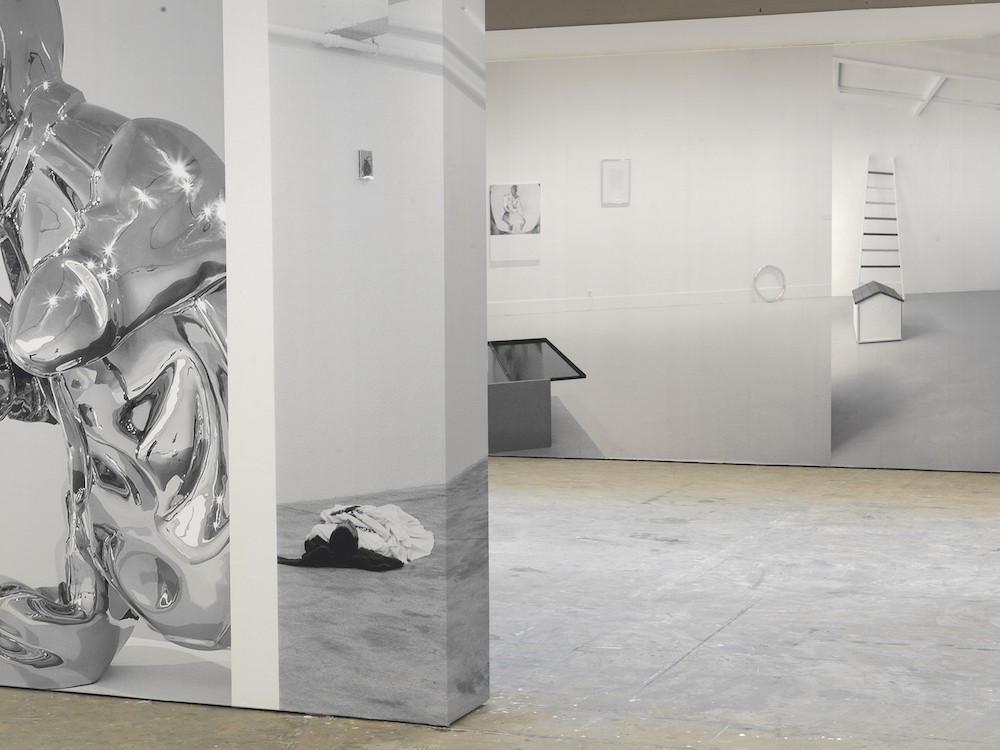
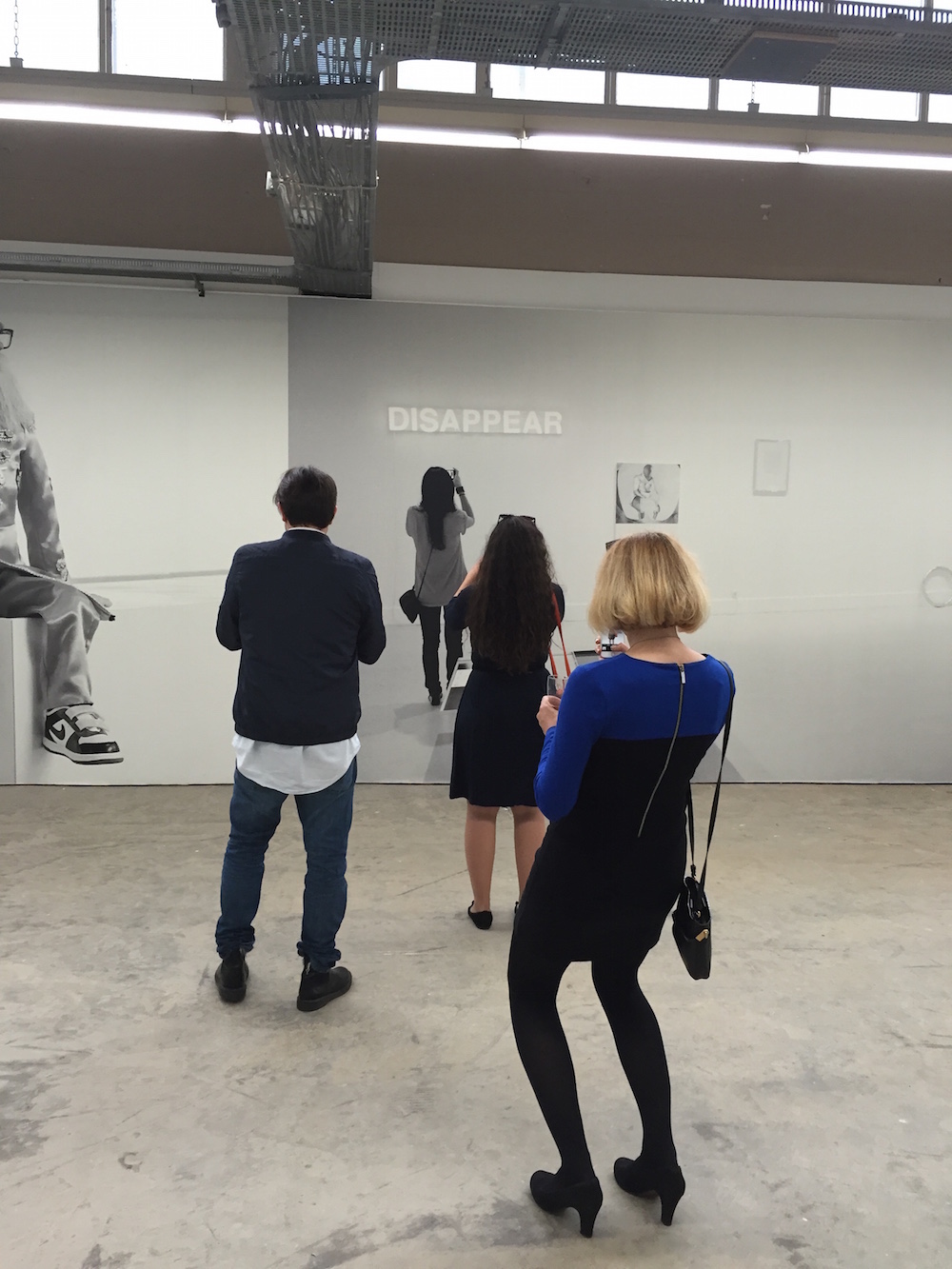
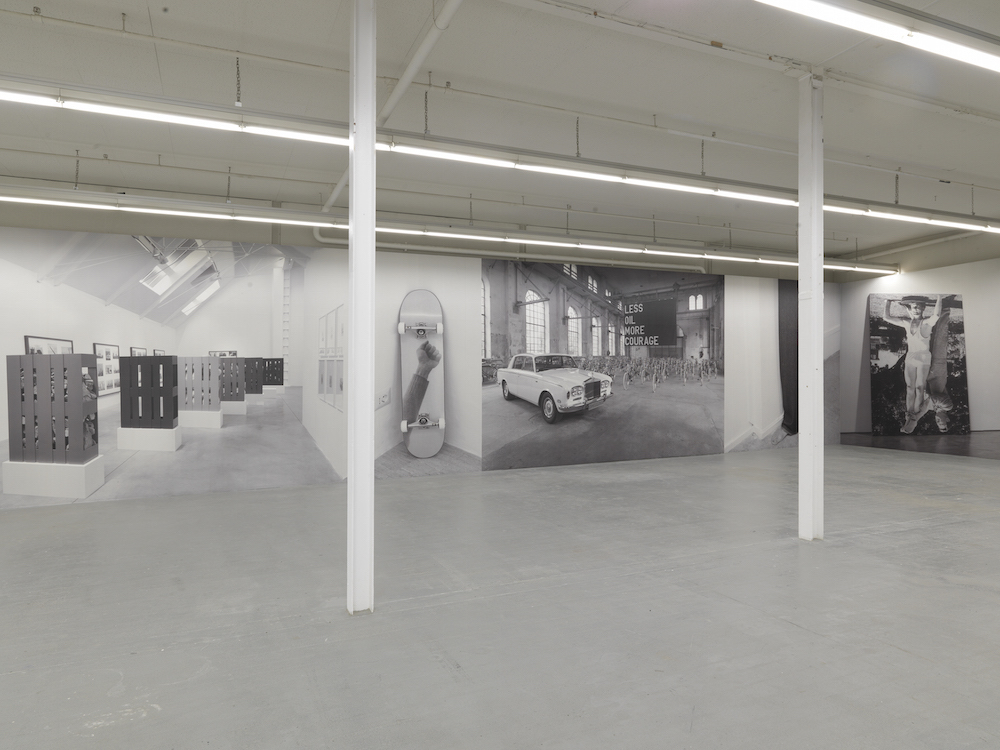
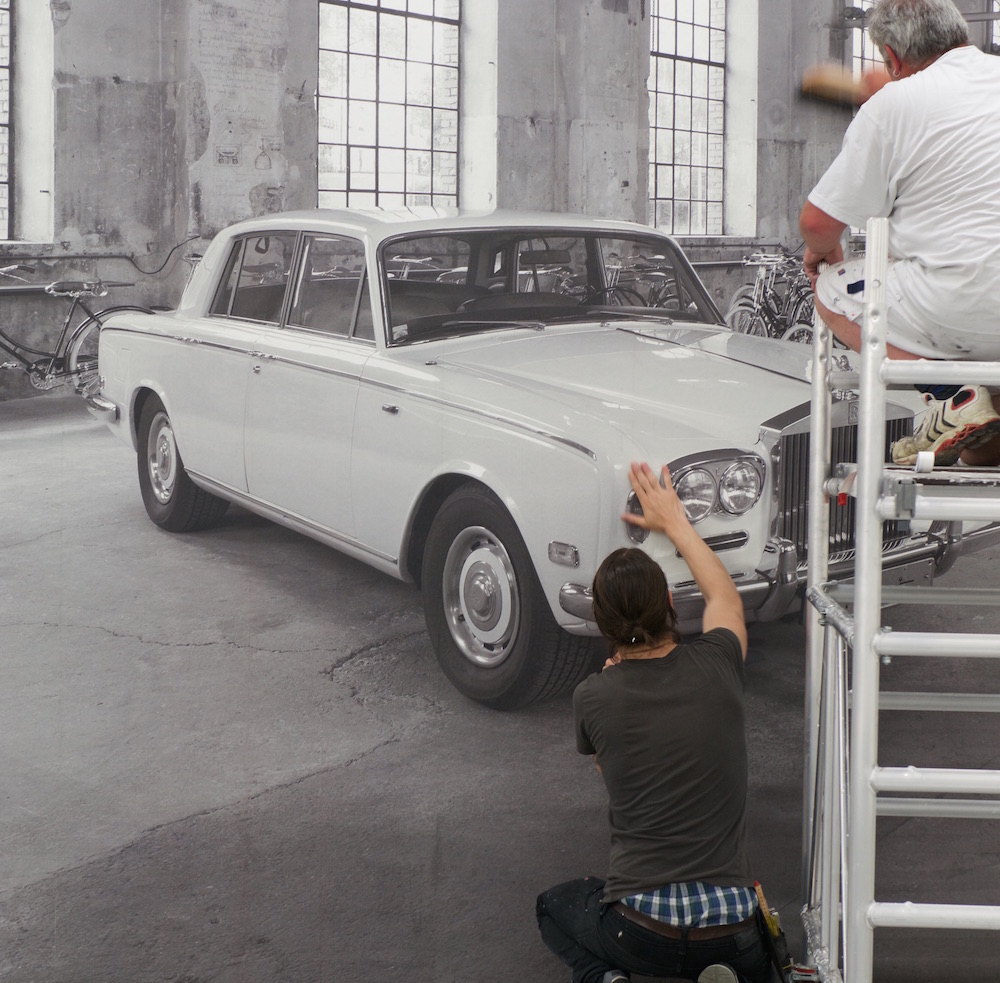
Selected press coverage
In his solo presentation Jonathan Monk will engage explicitly with the conditions of an exhibition. What part does the model of a planned exhibition play? What might the possibilities be for an artist if all their works and prior exhibition situations were available to them and could be integrated, without having to avail of the help of collectors, galleries or an extensive exhibition budget either? What are the expectations an artist is exposed to in realizing a solo exhibition that takes place during the course of the internationally renowned ART Basel fair to boot?
This exhibition became the initial exhibition of a series that extended and proceed the initial idea in different places and institutions: Exhibit Model Two: 2016, Galleri Nicolai Wallner, Wallner, Copenhagen; Exhibit Model Three: 2017, VOX, Montreal; Exhibit Model Four: 2019, Kindl Centre for Contemporary Art, Berlin; Exhibit Model Five: 2019, the bathroom, Casey Kaplan Gallery, New York und Exhibit Model Six: 2019, CCA, Tel Aviv.
Jonathan Monk in conversation with Ines Goldbach
Ines Goldbach: Let’s talk about your concept for the solo exhibition here at the Kunsthaus, which is quite unusual. You once said that what you really like is the fact that a lot of artists make models for their exhibitions — and now we are making an installation that will look like a model; all the works are black and white images of themselves. What interests you most in this idea?
Jonathan Monk: My original plan was a straightforward exhibition of objects etc. But to invent something new, to add a new aspect within the usual framework of realising an exhibition, though also due to the financial constraints, I decided to come up with something that was a new departure for me, yet would still fit within Kunsthaus Baselland’s proposed budget and open up questions about the condition of an exhibition itself. In the past I’ve tried to make exhibitions that had no fixed concept, but the actual installation would be what held the works together… works that had been made years apart were encouraged to sit together. I never make models of exhibition spaces; I prefer to deal with works directly in the space. For Baselland I’ve worked with the idea of a model of an exhibition, a model that does not really include specific works. The idea was an exhibition made up of images of some of my previous exhibition — a 2D installation of installations.
IG: What, in your opinion, will be the interesting point for you, though also for the audience, about experiencing works of art in a 2D image installation instead of having them 1:1 in front of you? A model of an exhibition, for example, gives an idea of an exhibition but does not represent the work itself and is usually unable to mediate the physical experience of the work.
JM: A lot of art is experienced in book form and it is probably more common now to see art via the Internet. We are used to looking at pictures of work rather than the work itself. It has become almost impossible to tell the difference. I often see art in museums that I only know from books; sometimes it feels like I am just ticking things off the long list of things I need to see. I feel I already know the work, probably without having seen it. Most art I experience in my head anyway… but naturally the physical interaction with some artwork can’t be matched on the printed page. My show might have the feeling of walking through the pages of a crudely photocopied book.
IG: We are going to produce a publication as well, one which, on the one hand, shows all the black and white images and installation views from different locations and times mentioned, as well as illustrations of the exhibition here in the Kunsthaus, both with and without visitors — and the interview we are doing right now. In a way it’s the only ‘object’ within the exhibition, and takes it to extremes. It is documenta- tion of an exhibition that has itself the character of documentation, opening a publication which you have just walked through, verifying your own perception of an exhibition and works you really did see, or maybe only shots of their installations. How do you view this publication?
JM: The catalogue will document the exhibition. It will add to it and become part of it. And yes, it is the only object within the exhibition. Something that is there to be removed — like the wallpaper.
IG: Your exhibition is entitled Exhibit Model One — this sounds like an ongoing process. Do you already know where the project of an exhibition with no limits might lead? What interests you most about this new kind of planning, creating, experiencing and publishing? This new kind of exhibition model?
JM: There is a plan for this type of exhibition to continue. But I’m not sure exactly where. Within each exhibition space the images used in the piece would function differently and could be exchanged for many others. The next publication could, and would, also vary. Once the system is in place the show makes itself. It needs some help but can grow quite easily if nurtured. I also think it would be possible to install another, more traditional exhibition directly upon this one. One would be the background for the other.
IG: Could that lead to more freedom for both the artist and the institution, without missing the physical part of an ‘exhibition of objects’ as you offer a physical experience of the space? You once mentioned the idea of traveling with an exhibition — also a retrospective — on a memory stick…
JM: Certainly in this case. I’m slowly starting to see the rooms of the Kunsthaus as the object; images from some previous exhibitions have simply been allowed to envelop the space. I’m hoping the lack of objects will allow the viewer to focus on the spaces seen within the space. But I’ll only know this once the exhibition has been installed… it might be impossible to paper over the cracks after the fact. Perhaps reviewing images allowed me to focus, to find a place to which we can come and be free for a while to think about what we are going to do.
IG: I always admired the way you deal with expectations, those of institutions as well as those of visitors. Could it be more radical for an internationally known, mid-career artist — with many artworks in circulation, working with several important galleries — to have an exhibition during the period of the most significant international art fair but to exhibit not a single artwork in it? Is the show here at the Kunsthaus an answer to some of the expectations placed upon you as an artist?
JM: This context was a starting point, yes. But it was perhaps too obvious, even for me, to fill the show with things that could be sold. I know that Art Basel is more than a trade fair… though from the outside it is basically a place where we are encouraged to sell our wares; two weeks after Art Basel the giant halls of the Messe will be pitching to completely different kinds of buyers. I have very low expectations; I also try not to think too much about what is expected from me. It’s probably nothing; ‘Exhibit Model One’ is an experiment and it seems to work on the screen of my computer. Clean, polished and perfectly aligned. The reality of 400m2 of wallpaper might be something different — awkward and messy and out of sync — both approaches seem to fit the way I work.
IG: What do you mean by saying you have “very low expectations?” Regarding what? The art scene, the art fairs or art in general? I think, at the moment especially, we face again a moment in time when society is confronted with many experiences, situations, fears, uncertainties and problems that we are not familiar with. Culture, and art in particular, would or could function as a tool to help us face the unknown. Interestingly, although everything is changing within our society, the society that provides the context and the surroundings, inside art institutions, museums, the art scene and maybe exhibitions as well everything stays the same. Maybe your exhibition can be read as a first step towards the question: should we carry on regardless, like we do all the time, or should we rethink everything?
JM: In relation to my own career as an artist — I never expect anything. I’m actually pleased to even be able to say I’m an artist, that I’m encouraged to do what I do and that people seem to be interested in allowing me to continue. The art world seems to quietly tick away — without being influenced by the world around it. Prices of certain works continue to rise and this seems to keep the people at the top of the pile happy and no doubt annoy people lower down the chain. Perhaps life just becomes too easy and the self-celebratory aspect of the art world is just not interesting anymore. There is something sadly false about it all. Museums and other cultural institutions seem to feel the difficulties before the private sector acknowledges any problems. Governments rely on collectors and large private corporations to sponsor their museums. It seems to be all wrong but it is probably the only way forwards. Even Art Basel is sponsored by UBS — it would be great if this allowed free entry for all, but comically it only allows free entry for the VIP collectors and artists who attend the glittering opening event. I’m not sure how my exhibition fits into all of this…maybe I’ll know once I’ve seen it.
IG: Many of your works can be seen and experienced as a reaction to and an interaction with the art of your colleagues, or the concept of artist colleagues, but you often give them the chance to react and interact as well. I like the idea within your exhibition here at the Kunsthaus that you react and interact with the conditions of this particular exhibition space, its financial restraints, but maybe also its freedoms, in so far as you are able to react with new ideas and exhibition concepts. As a curator I will be confronted with thoughts and questions that the appearance of the exhibition will raise; maybe I’ll have to work with expectations about the exhibition that won’t be fulfilled. Are these, I’ll call them ‘positive interventions and irritations,’ in relation to art, colleagues, art institutions, curators and directors part of your artistic undertaking?
JM: Thank you! And yes. I often think that artists become masters at making their own work. I also fall into this trap – but on occasion I like to do some things slightly differently. Maybe this is one of those occasions. This is perhaps what makes it exciting for me. The installation process will be long and hard and my wallpapering skills are not vast, so things could go wrong; but that will then become part of the work.
The interview is taken from the publication Jonathan Monk
At the same time of the exhibition by Jonathan Monk the solo exhibitions by Christiane Löhr and Jan van der Ploeg were on display.
For the support of exhibition and publication we thank the partners of Kunsthaus Baselland: kulturelles.bl, Gemeinde Muttenz, Migros Kulturprozent, werner sutter and Anthony Vischer.
